Astonishing! ESA Solar Orbiter captures stunning visuals of the Sun
The European Space Agency’s space laboratory has captured the Sun in stunning detail.
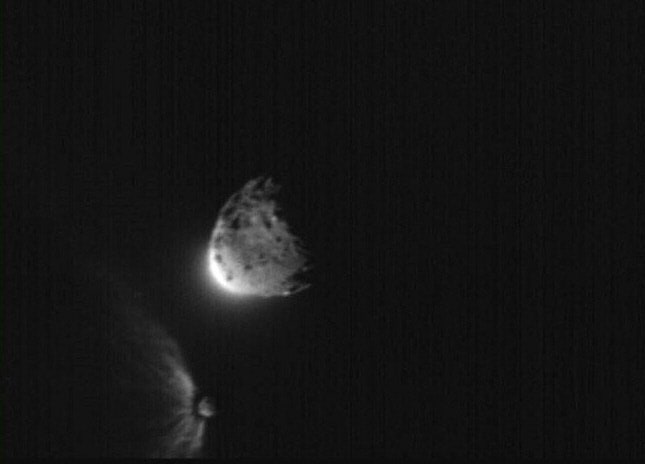
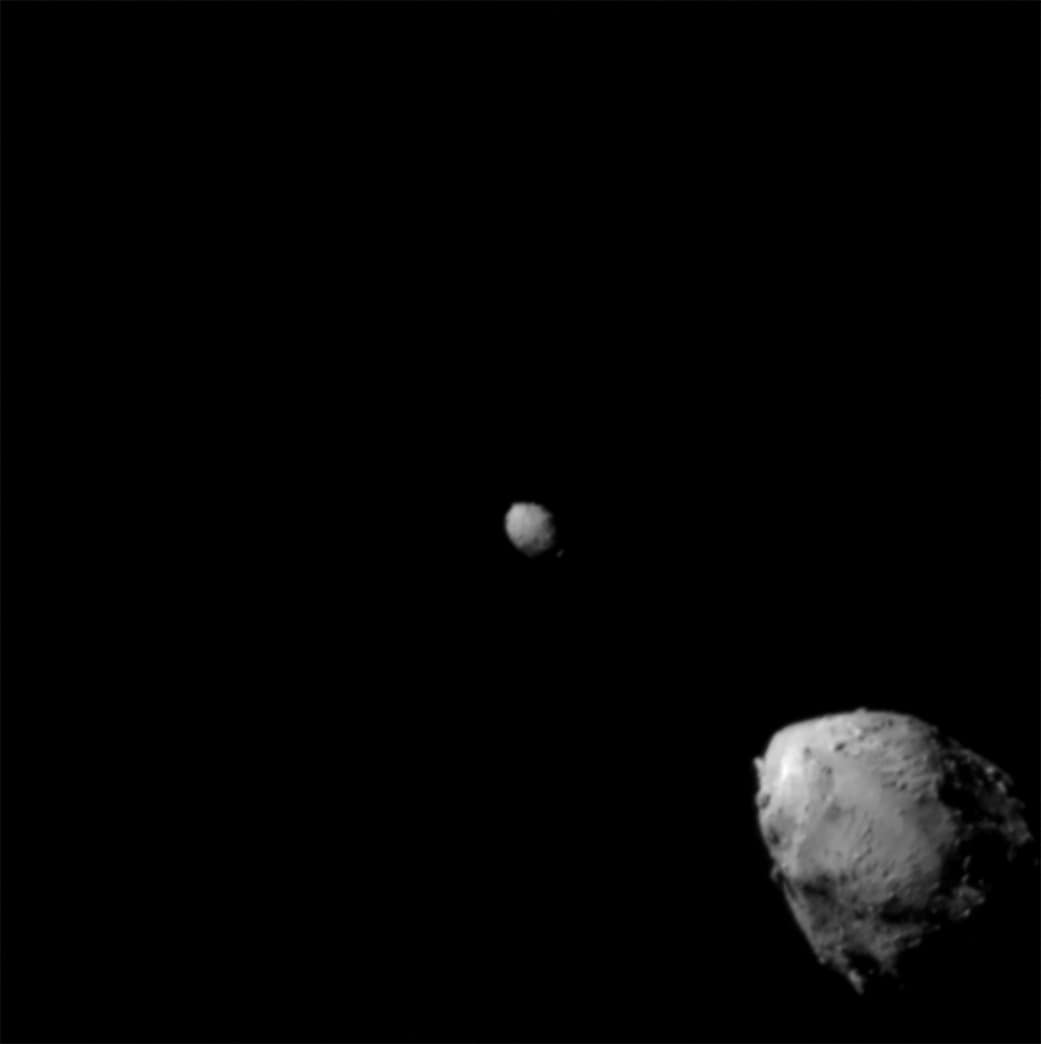
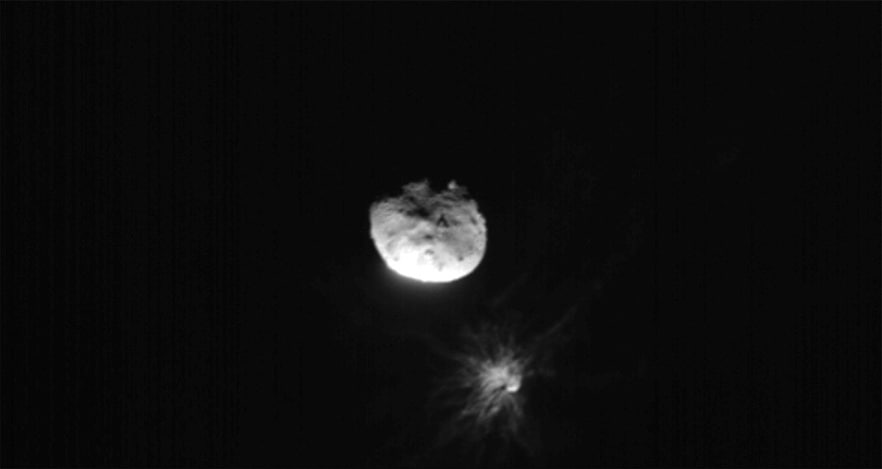
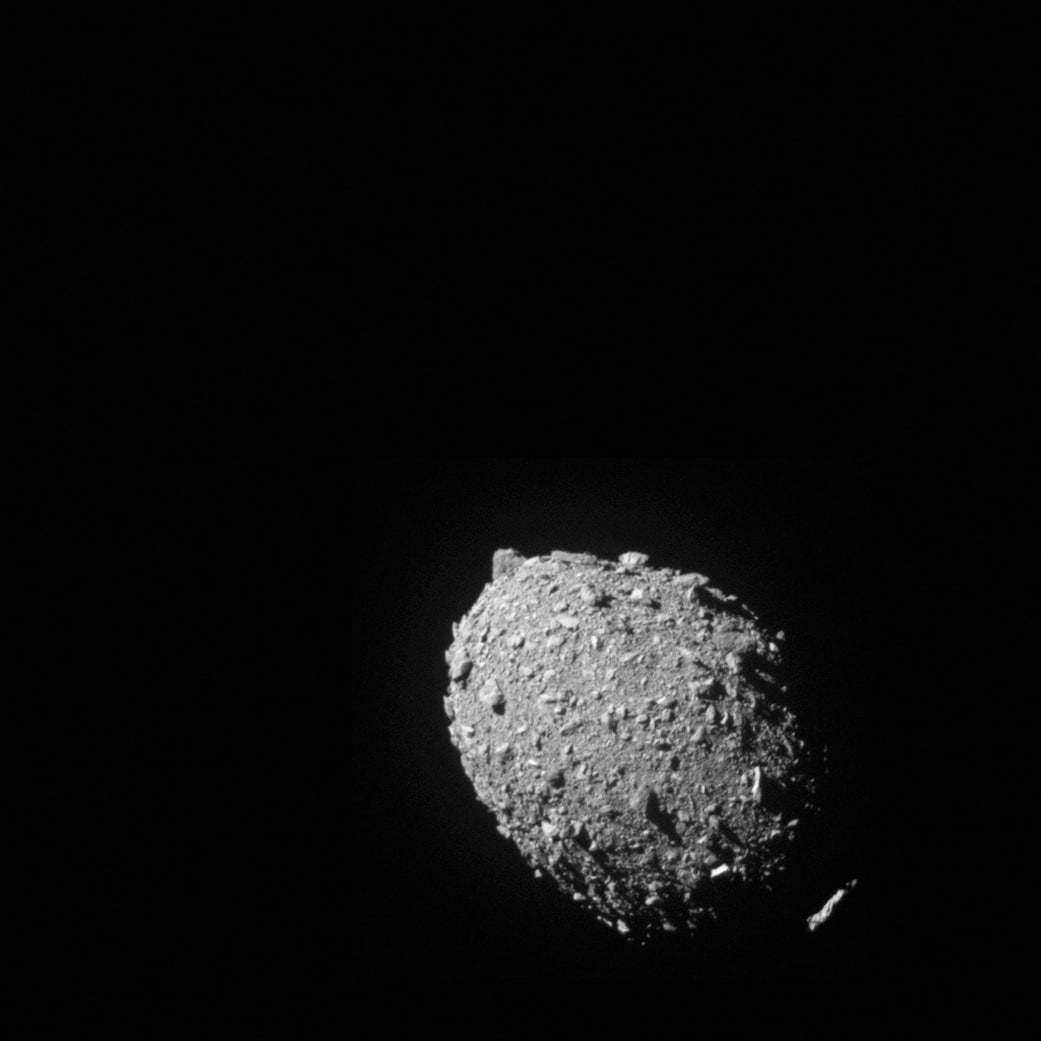
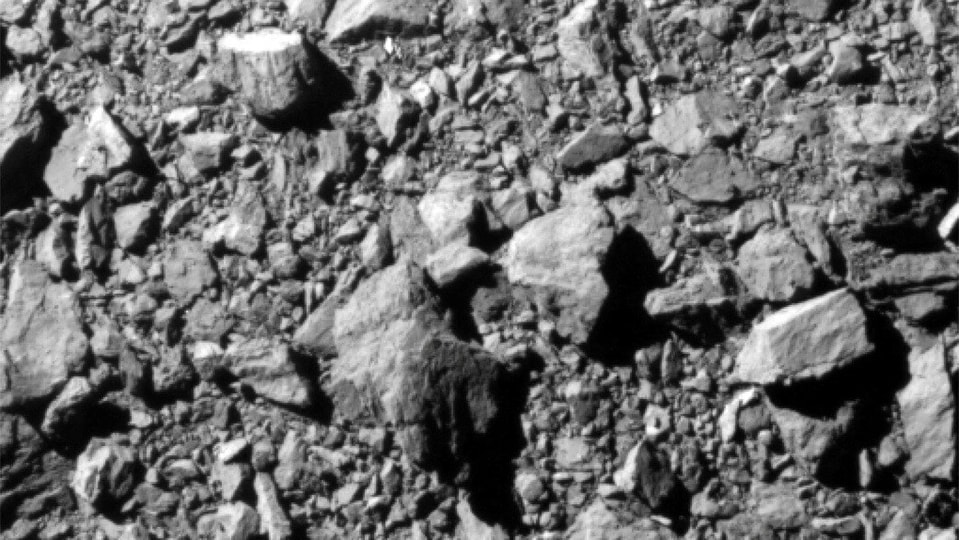
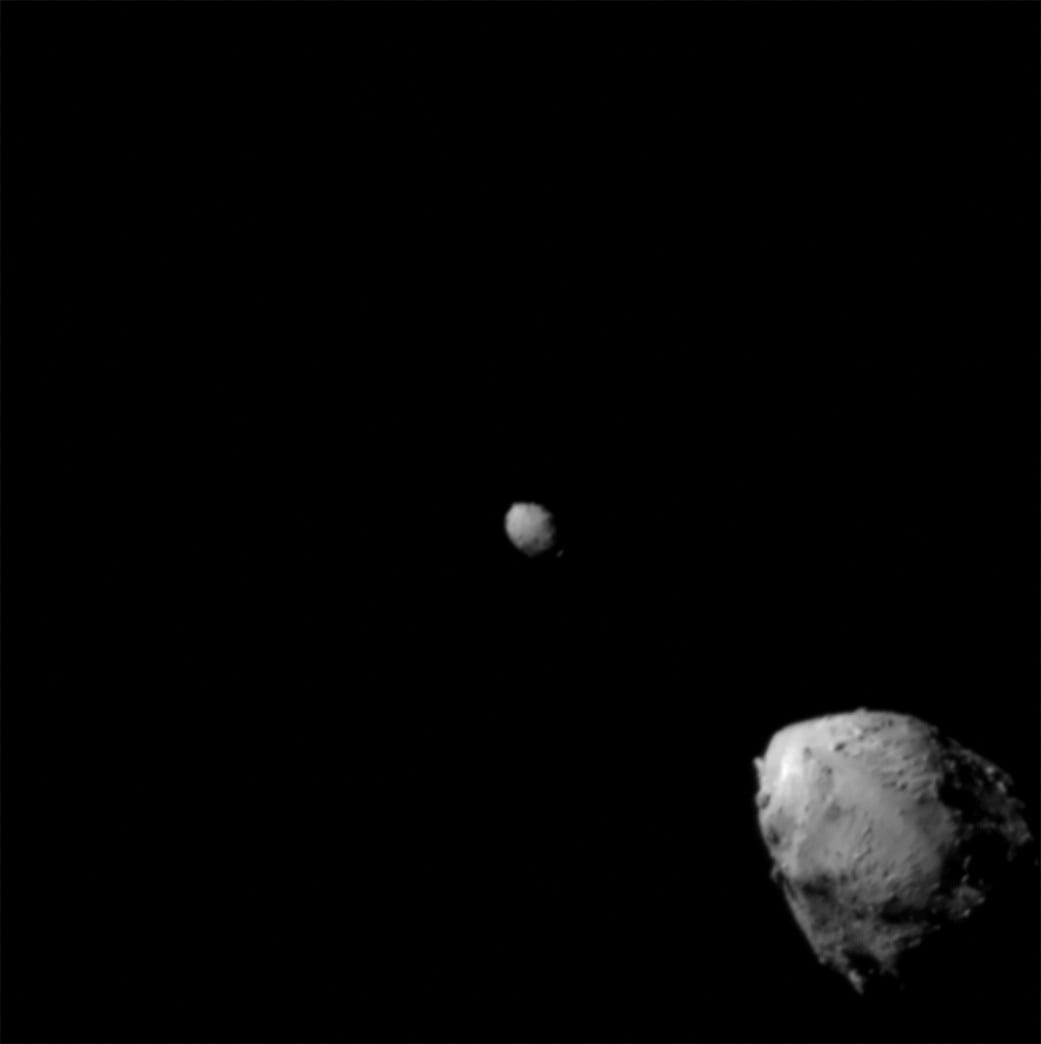
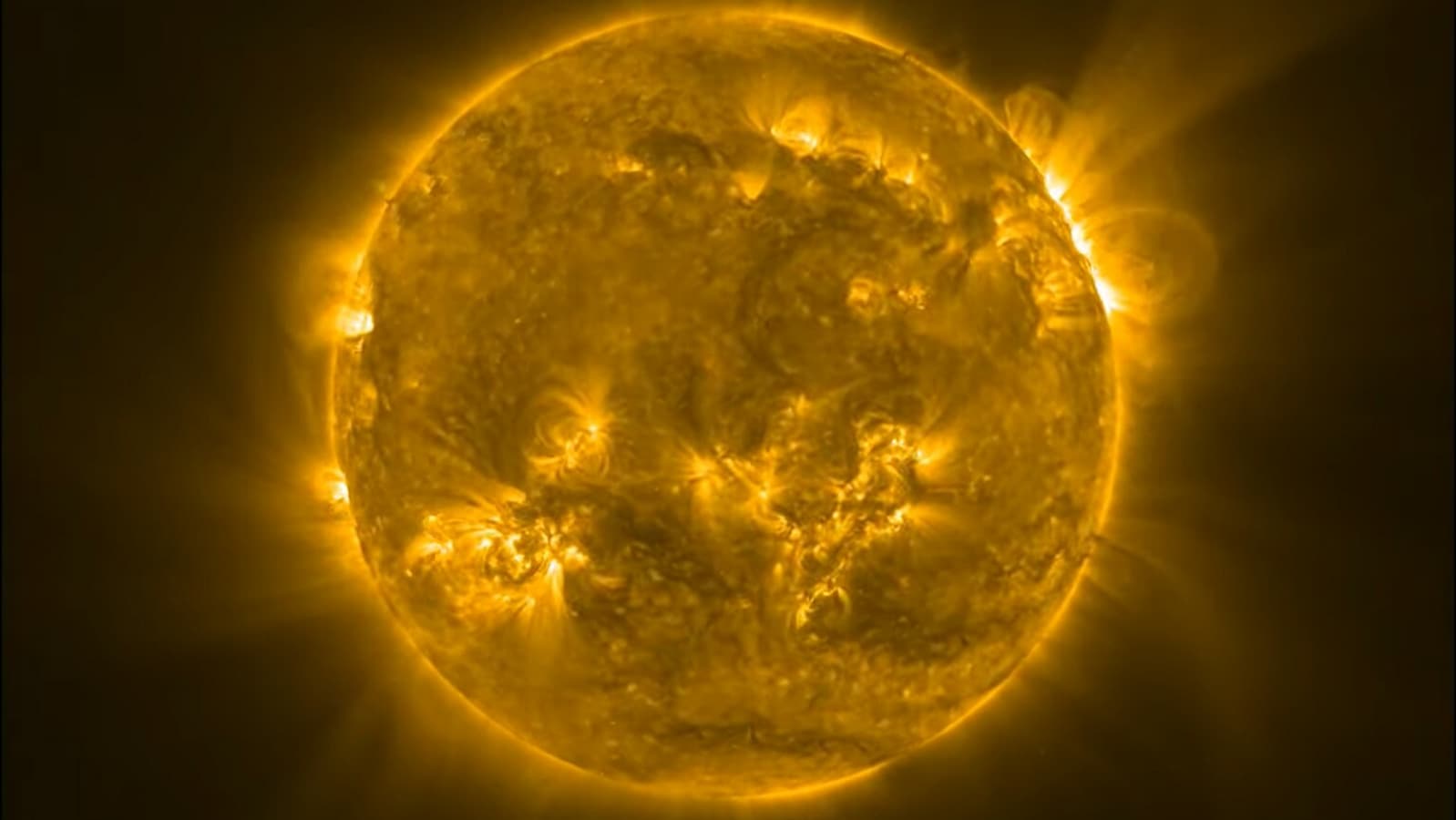
 View all Images
View all ImagesThe Sun has been an object of scientific interest for hundreds of years with the first observations of the Sun dating back to 2300 B.C. by Chinese astronomers. However, with the advancement of technology, it has become relatively easy to collect and study data about this bright star at the center of our solar system. The European Space Agency had sent a complex space laboratory called the Solar Orbiter with a mission to capture close-up images of the Sun and collect important data which could help unravel the mysteries of this highly luminous object.
The Solar Orbiter has captured extremely detailed stunning visuals of the Sun. The space laboratory made its latest close approach to the Sun on October 12 at 19:12 UTC. ESA released an 8-second-long video showing sequences of the close approach beginning on September 20 and leading up to October 10. ESA explained in a post, “This sequence of images shows the progress of the ESA/NASA spacecraft as it heads inwards on its voyage of discovery.”
According to ESA, the images were taken by the Extreme Ultraviolet Imager (EUI) using the Full Sun Imager (FSI) telescope aboard the Solar Orbiter. The Sun was captured at a wavelength of 17 nanometers which was emitted by a gas present in the atmosphere of the Sun at a temperature of nearly one million degrees. ESA further explained that the colour in the images had to be artificially added “because the original wavelength detected by the instrument is invisible to the human eye.”
The Solar Orbiter Mission
ESA's Solar Orbiter Mission is an exploratory mission to study the Sun and the innermost regions of our solar system, known as the heliosphere. With this mission, ESA hopes to understand and even predict the behaviour of the bright star which our lives depend on.
The Solar Orbiter is the most complex scientific laboratory ever sent to study the Sun. It is capable of capturing phenomena such as Solar Poles and Solar Storms which are nearly impossible to see from Earth.
Catch all the Latest Tech News, Mobile News, Laptop News, Gaming news, Wearables News , How To News, also keep up with us on Whatsapp channel,Twitter, Facebook, Google News, and Instagram. For our latest videos, subscribe to our YouTube channel.






























